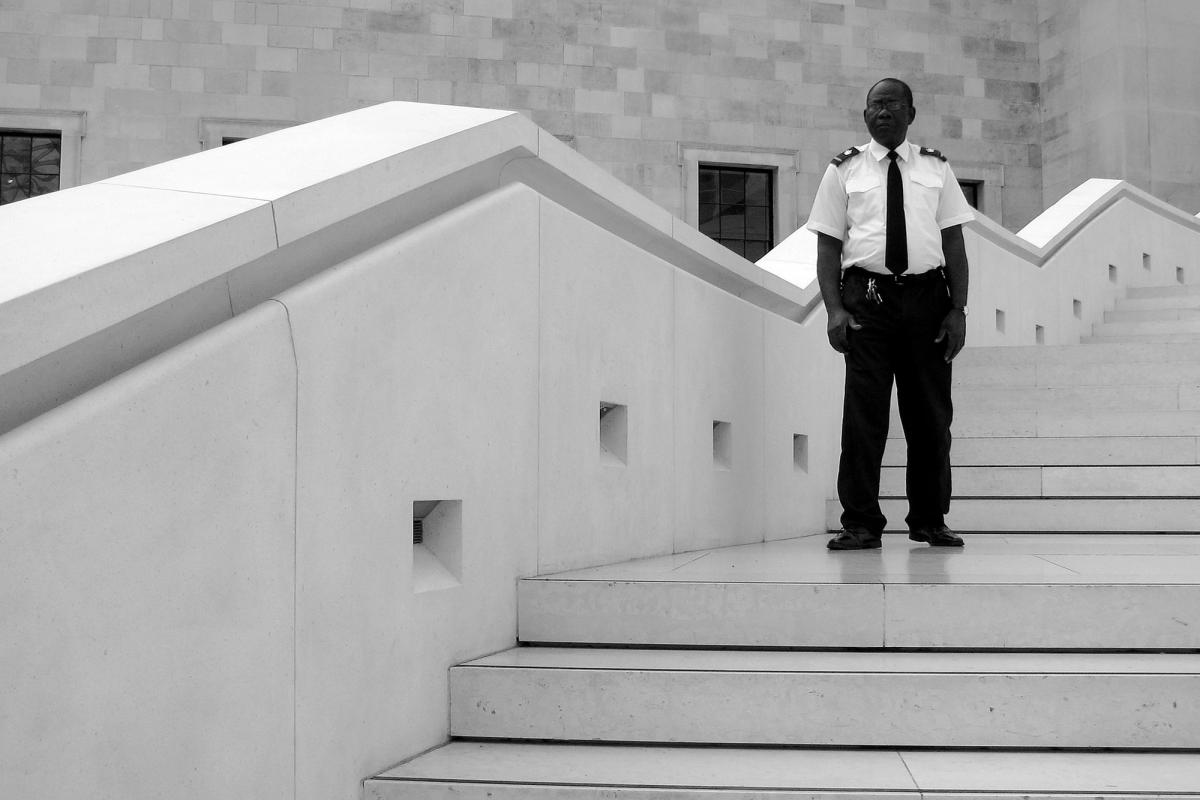As museums and galleries extend closures in response to the coronavirus (Covid-19) pandemic, it is critical that security is at the front of our minds, as criminals are constantly seeking ways to exploit weak points.
There is greater warning for increased security measures following the recent theft of Vincent van Gogh’s The Parsonage Garden at Nuenen in Spring, which was stolen in late March from the Singer Laren museum in the Netherlands. While the robbery is still being investigated, it feels particularly jarring as institutions around the globe continue to grapple with the potential of invaluable loss.
Generally, in times of crisis, people and institutions are stretched thin and may inadvertently let their guards down. With sparse personnel and visitors, some criminals will try to see if the “closed” sign actually means “open.” There are now many collections going unattended at these institutions, many with valuables that are easily portable—a criminal’s ideal scenario. The museums and collection best positioned during this time will be those that have, as part of security protocol, planned for emergencies and extended closures. For institutions that perhaps have not already invested in prevention, there is still time to meaningfully fortify their physical locations.
With first responders answering calls for illness and emergencies—and with some forces already stretched thin to cover for those responders who themselves are unwell—museums and galleries should be aware that police response could be delayed in the event of a theft. There are several ways institutions can stay one step ahead of nefarious actors, including:
- Engage security cameras and monitoring: Larger institutions and museums likely already have video monitoring and other technology as part of a robust security programme and should ensure these cameras are working and continuing to produce high-quality footage. In the event of a theft, such footage can provide invaluable leads and evidence to law enforcement. From a mitigation perspective, seeing cameras outside a building serves as a clear deterrent to criminals. Smaller spaces—such as galleries and private collectors—should also consider installing cameras.
- Use physical deterrents at entry and exit points: Basic elements—like bright lighting outside a building’s entrance—can deter thieves. Institutions should also consider temporary barriers at the entrance. For example, a museum or gallery can use metal barriers to counter illicit entry. These could be similar in style to accordion gates, which are locked in place at either end. If a theft occurs, barriers can also slow a criminal with stolen goods upon exit, allowing first responders additional time to arrive on scene.
For buildings with glass doors and entry points, like many museums and galleries, glass security film can help slow criminals employing the “smash and grab” method. Instead of glass shattering upon impact, it will spider, making it more difficult and time consuming to enter or exit. If these measures are not possible, boarding up windows and doors with wood (similar to preparing for a hurricane) is also an alternative.
- Audit all pieces in a collection: Regular collection audits should be done, both during this time of lockdown and during “regular” operation. One of the key determining factors in whether a theft is solved is how much time passes between the theft and the realisation that a piece is missing: the bigger that window, the less likely the theft is to be solved. Private collectors, galleries, and museums should regularly take inventory to account for all pieces, and take prompt, thoughtful action upon determining a piece is missing.
In an era of uncertainty, it can be difficult to manage risk—but museums, galleries, and private collections can take steps now to stay ahead of bad actors.
Jordan Arnold is the executive managing director and the head of private client services and strategic risk and security at K2 Intelligence FIN. He is a former Manhattan prosecutor whose work included the investigation and prosecution of art theft and fraud cases.
James Wynne is a senior advisor with K2 Intelligence FIN’s art risk advisory practice. He was a Special Agent with the Federal Bureau of Investigation (FBI) for more than 30 years, specialising in art crime investigations for more than 25 years.


